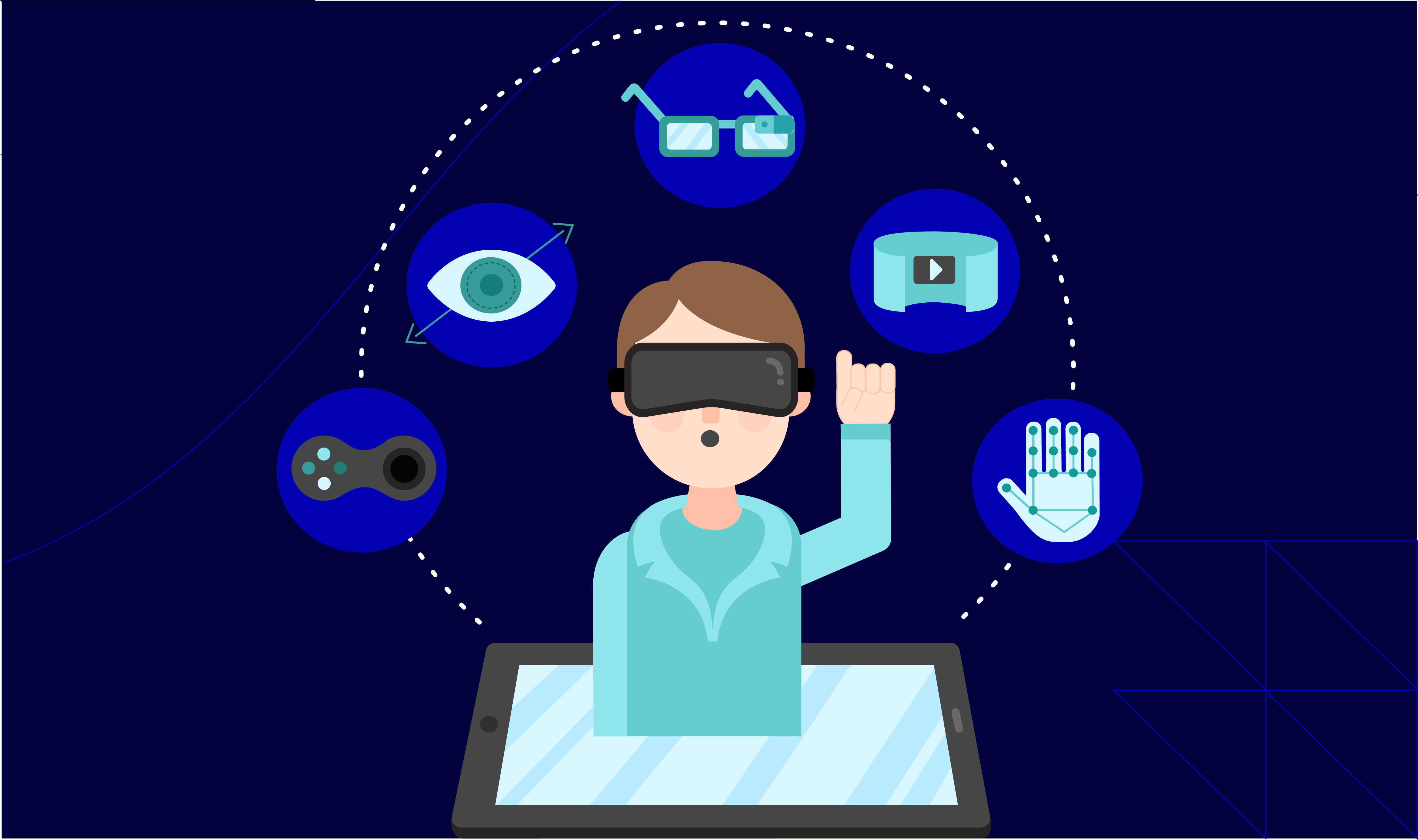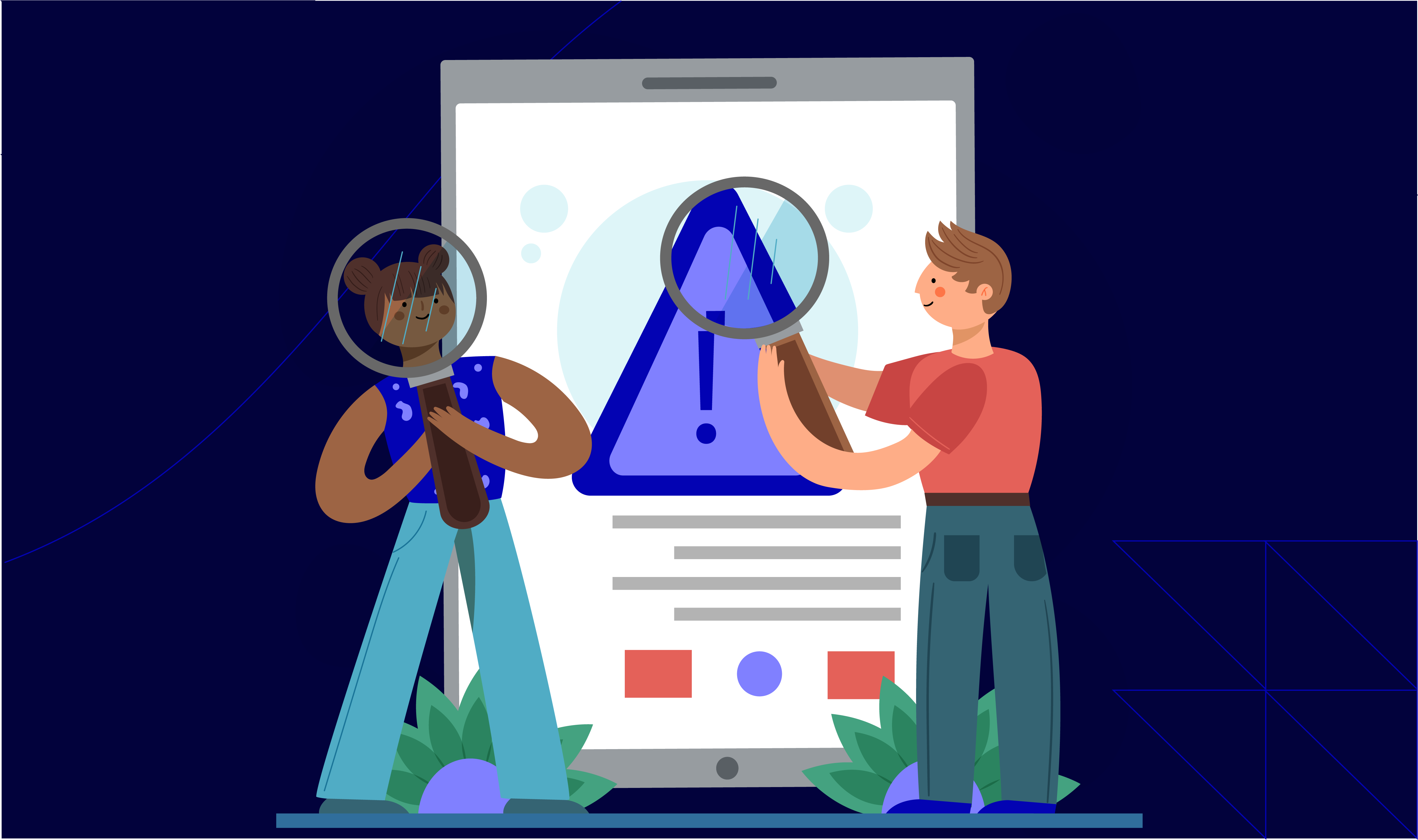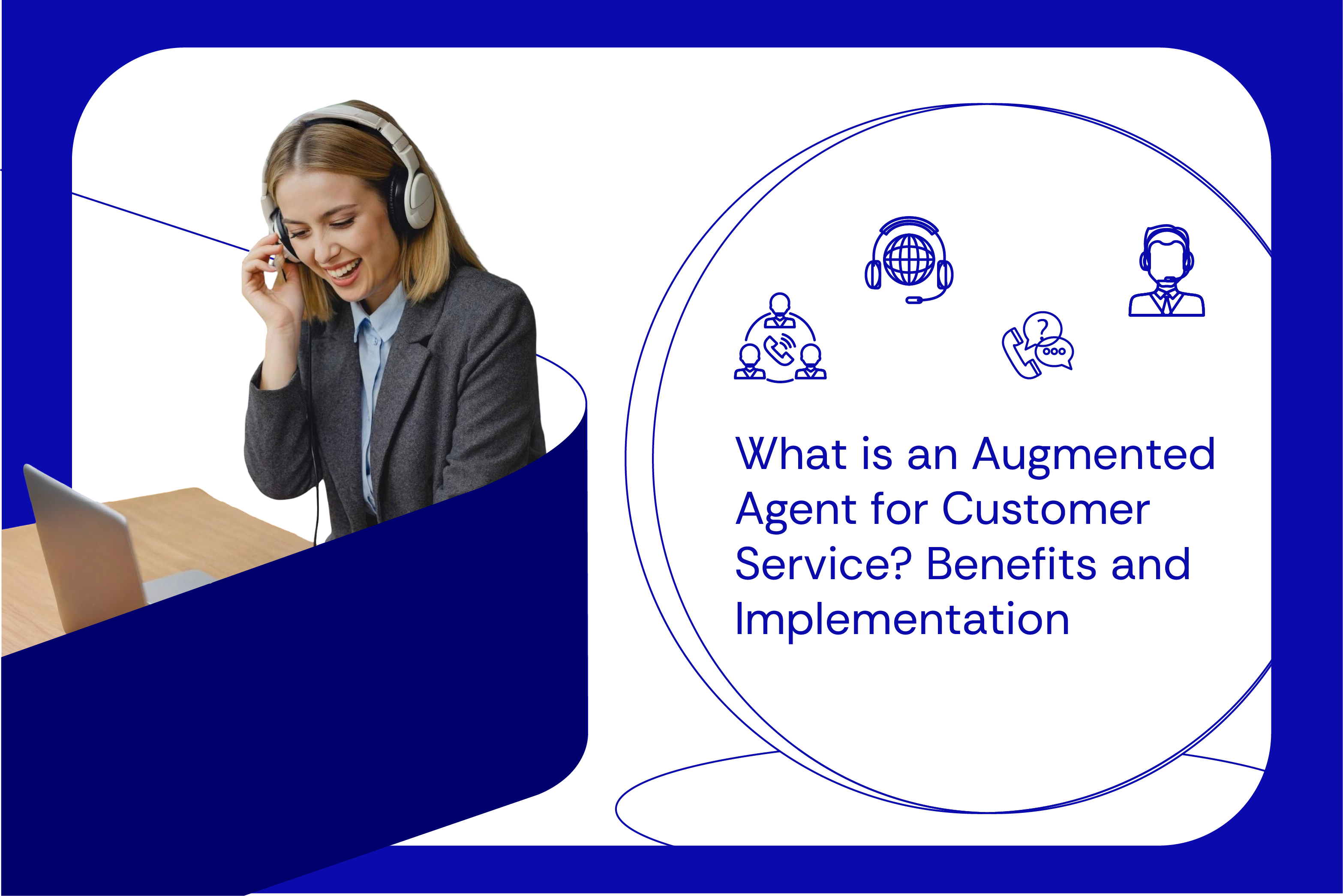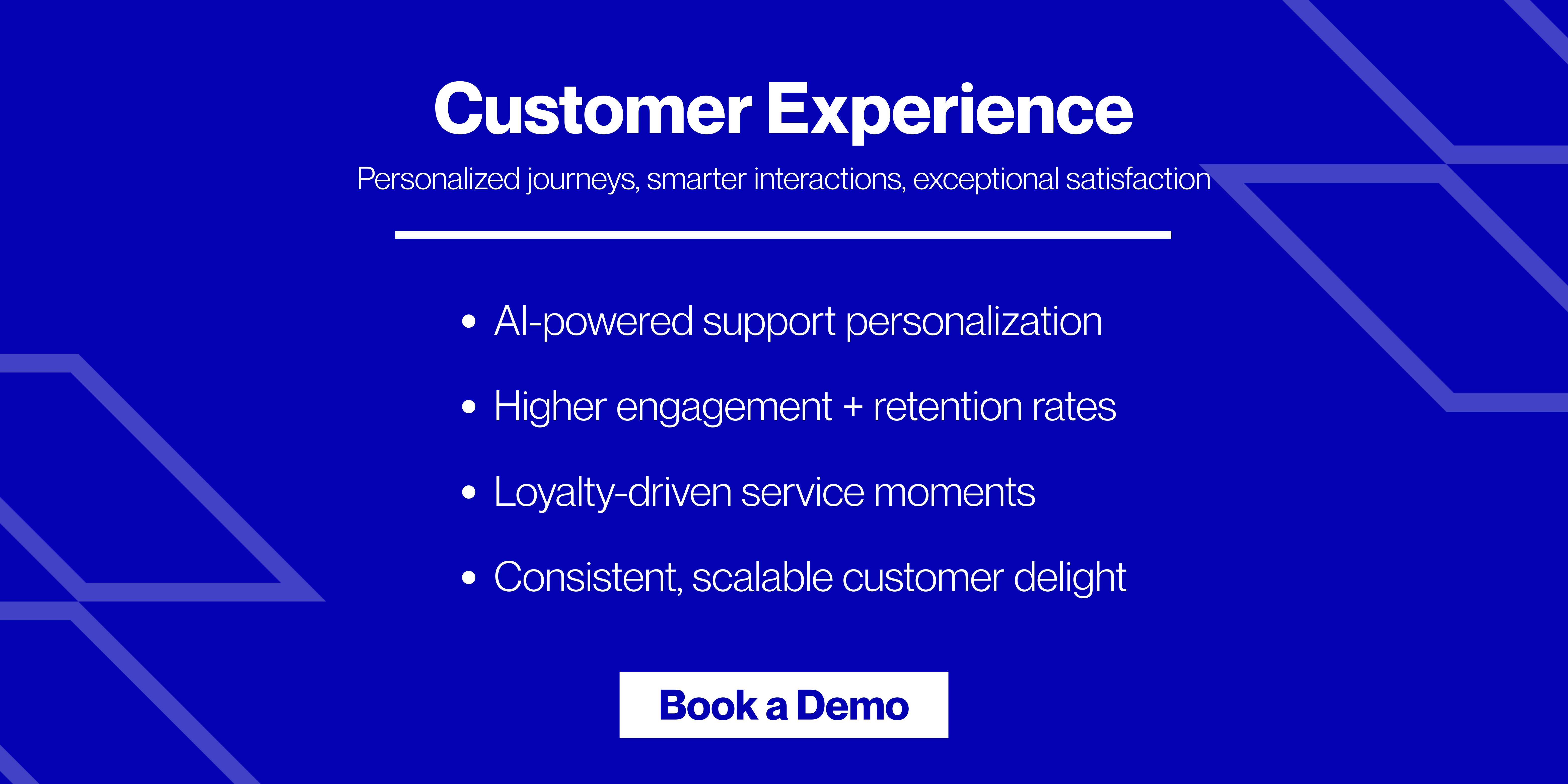Key Takeaways
- An augmented agent blends human assistance with AI support for quicker, more precise service.
- Agent augmentation enhances response time, minimizes errors, and increases customer satisfaction and agent morale.
- Companies don’t require a complete technology overhaul, they can begin implementation at a small scale with smart tools and training.
- For CX leaders in the U.S., U.K. & Australia managing customer support for D2C and consumer brands, augmented agents represent the next leap in service quality by driving faster resolutions and measurable ROI.
- The future of customer service is not humans vs AI, it’s humans and AI working better together.
What Is an Augmented Agent for Customer Service?

An augmented customer service agent is a human agent aided by smart technology like AI, machine learning, and automation. This arrangement is part of a larger strategy called augmented customer service, where automation and humans collaborate rather than compete. Here’s how this plays out in reality:
- Instead of digging through help pages manually, AI calls up the right response at once.
- When a ticket arrives, auto-routing directs it to the most appropriate agent.
- While having a live chat, real-time responses are suggested by the system, so the agents can move quicker.
- AI detects customer frustration even before the agent, so they can change gear and be extra careful.
This combination allows brands to deliver faster, more personalized & scalable customer service, without sacrificing empathy or human touch.
Let’s jump straight into the world of augmented customer service agents.
Why Agent Augmentation Is a Game Changer

Customer service can be overwhelming. Agents are juggling dozens of conversations, digging through help docs, trying to not sound robotic, and figuring out complex issues on the fly. Augmented service gives them the technology boost they need to perform at their best. Now imagine giving them a sidekick that handles all the messy bits. Here’s why agent augmentation changes the game:
- Faster Response Times: Studies show that 66% of customers value speed of response by a brand to be as important as price. With AI prompting answers, offering related help articles, and auto-filling customer information, agents can cut straight to the chase. That equals fewer delays, smoother conversations, and a whole lot happier customers.
- Higher Accuracy: Humans often make mistakes, especially when swamped. Augmented agents, however, benefit from AI that pulls in information from your knowledge base, ticket history, and even past interactions. This results in fewer errors, fewer follow-ups and more time saved for everyone. In one Atidiv engagement, AI-backed workflows achieved 99% accuracy and 80% faster resolution times, validating this impact.
- Happier Agents: Agent augmentation reduces the repetitive stuff and lets your team focus on the more interesting, meaningful conversations. When your agents feel less like robots and more like problem-solvers, job satisfaction goes way up.
- More Personalised Service: AI tracks everything from past purchases to tone of voice. That context is gold, and it helps agents respond with empathy, relevance, and care. According to Salesforce, 73% of customers expect brands to personalize interactions, making augmentation essential for customer loyalty.
- Consistent Quality: Whether it’s your star player or someone who just joined the team last week, AI ensures they’re all delivering the same high standard of service.
How to Implement Augmented Agent for Customer Service

You don’t need to overhaul your support systems overnight to implement augmented customer service. Progressive adoption like focusing on tools, training and measurable wins works best. Here’s how to get started:
1. Start with the Right Tools
You can’t have augmented agents without the right tech backing them up. And not every platform out there is built for this new way of doing support. So what should you look for? Platforms that surface answers, suggest responses, hand off from bot to human seamlessly, and give your agents the superpowers they need to shine.
Here are a few standout options to explore:
- Zendesk AI
- Intercom’s Fin
- Freshdesk Freddy
- Salesforce Service Cloud + Einstein AI
2. Train Agents to Use AI as a Teammate
AI and automation only works if your team sees AI as a partner, not something that will replace them. Your team must view AI as a collaborator and not a competitor. That’s why training is so important when rolling out agent augmentation. Here’s how to get your team onboard:
- Run hands-on demos: Show exactly how AI will assist during live chats or ticket handling. Let agents test it out themselves and see how much time it saves.
- Host mini-workshops: Focus on things like writing with AI suggestions, spotting when to override automation, or using data insights to personalize conversations.
- Answer the question “What’s in it for me?”: When agents realize AI means less burnout, fewer repetitive tasks, and better outcomes, they’ll start to see it as a trusted teammate.
- Make feedback part of the process: Ask agents what’s helpful, what’s confusing, and where AI suggestions fail.
3. Focus on Use Cases First
Don’t try to solve everything at once with AI. Instead, pause and figure out where it’ll actually make the biggest impact. Think about:
- Where are your agents getting stuck?
- What’s slowing down your customer responses?
- Where are errors sneaking in?
Some super common starting points:
- Slow email response times? Use AI to draft replies, suggest templates, or auto-fill data fields so agents don’t have to start from scratch every time.
- Live chat feeling overloaded? Set up smart deflection—let a bot handle FAQs, then smoothly hand off complex cases to a human.
- Struggling to find the right info fast? Equip agents with tools that pull help docs, past ticket history, and knowledge base content as they type.
- Messy or inconsistent ticket tagging? AI can suggest or auto-tag issues based on past patterns.
By focusing on the highest impact areas first, you’ll prove value quickly and gain internal purchases.
4. Monitor and Optimise
Once you’ve rolled out some AI-powered support tools and your agents are using them…don’t just set it and forget it. Agent augmentation works best when it’s treated like a live part of your support system. Here’s how to keep things sharp:
- Watch how agents interact with AI suggestions: Are they accepting them as-is? Tweaking them? Ignoring them completely? That tells you a lot about what’s working and what’s not.
- Ask your agents: Don’t wait until something breaks. Regularly check in and find out if agents find suggestions helpful or if there’s anything slowing things down.
- Track performance: Use your platform’s analytics to monitor resolution times, ticket deflection rates, auto-suggestion accuracy and CSAT scores.
- Refine based on data: If certain answers are being rewritten constantly, tweak the knowledge base or train the AI model better. If chat deflection drops, rework your chatbot flows.
Regular repetition turns AI from a static tool into an evolving partner for your CX operations.
How to Measure the Impact of Agent Augmentation

Here are the key metrics you’ll want to keep a close eye on once you’ve introduced agent augmentation—and what they actually tell you:
- First Response Time (FRT): Are your agents replying faster now that AI is lending a hand? AI-powered suggestions, instant customer history, and automated triage should save valuable seconds off that first touchpoint.
- Average Handle Time (AHT): Are your agents actually solving things faster? When AI is doing the heavy lifting—like popping up help docs, auto-filling fields, or suggesting next steps—you should see tickets closed quicker.
- CSAT (Customer Satisfaction Score): Are customers happier? Are they rating your support interactions higher? CSAT is where you’ll see that reflected.
- Agent Productivity: Are your agents handling more conversations per shift? Compare before-and-after data on ticket volume, time per ticket, and escalations. A boost here means your team is working smarter, not harder.
- Bot-to-Human Handoff Success: This one’s important—especially if you’re using AI chatbots or automated triage. Is the handoff smooth? Does the agent get full context, or are they starting from scratch? Track how often customers need to repeat themselves, how often bots fully resolve queries, and whether escalations feel natural or clunky.
One Atidiv client in the U.K. retail sector achieved a 95%+ quality rating after integrating hybrid human + AI workflows, proving that augmentation improves both performance and precision.
Common Pitfalls to Avoid with Agent Augmentation

While agent augmentation has huge potential, it’s easy to fumble the rollout if you’re not careful. Here are some of the most common slip-ups to watch out for—and how to avoid them expertly:
- Over-Automation: If you let your AI do everything, you risk losing the human touch. 55% of customers still prefer human contact for complex issues. Use AI to support your agents, not replace them. The bot answers FAQs, routes tickets, or makes suggestions—but your human steps in when the conversation gets real.
- Ignoring Agent Feedback: If something’s confusing or just plain wrong, your agents will spot it long before anyone in management does. Make feedback loops part of your rollout. Ask, “Is this tool helping or slowing you down?” “Are the suggestions accurate?” Let agents shape how AI fits into their workflow. You’ll get better buy-in and better performance.
- Skipping Training: You can’t just plug in an AI tool and expect it to work flawlessly. Your team needs to know how and when to use it, what it’s good for, and what to do when things go wrong. Treat AI onboarding like product training. Run walkthroughs. Share tips. Show them the “why” behind the tech.
- One-Size-Fits-All Responses: Nothing kills a customer experience faster than a canned, robotic reply that lacks context or empathy. Train your AI to adapt. Teach it to escalate complex issues, match tone, and respond in a way that still feels human
- Neglecting Updates: You just cant “set and forget” AI. Your knowledge base evolves. Customer behavior changes. If your AI suggestions are based on outdated info, things are going to go sideways fast. Set a schedule to review your workflows, retrain your models, and audit your AI’s accuracy.
The Future of Support Is Human + AI

Customer service will always need the human touch. Empathy, nuance, emotional intelligence? That’s people-powered. But when you combine that with AI that actually helps, you get something pretty magical — faster replies, smarter decisions, less burnout and happier customers. Agent augmentation isn’t just a shiny trend—it’s a smarter way to scale, streamline and still stay personal. Agent augmentation is the bridge between operational efficiency and emotional connection.
At Atidiv, we help CX and Customer Support leaders design AI empowered, people first support ecosystems. Our clients see up to 60% cost savings and 80% faster turnaround times through hybrid human + AI teams.
Need help building an AI-based future-ready customer support team? At Atidiv, our team of customer experience specialists helps businesses like yours design omnichannel customer experiences that are scalable, efficient, and still totally human. From choosing the right tools to training your team and optimizing workflows—we’ve got you covered.
Partner with Atidiv to scale intelligently without losing the human touch.
FAQs On Augmented Agent For Customer Service
1. What is an augmented customer service agent?
An augmented agent is a human support representative who’s assisted by AI capabilities such as chat suggestions, knowledge surfacing, and ticket routing to provide quicker and more personalized customer service.
2. What is augmented customer service?
Augmented customer service combines human interaction with AI assistance. It assists teams in responding more effectively while still providing a human touch where it is most needed.
3. How does agent augmentation enhance support quality?
It eliminates redundant work, increases accuracy, accelerates response, and provides agents with more context—resulting in smoother customer experiences.
4. What technologies can facilitate agent augmentation?
Platforms such as Zendesk AI, Intercom, Freshdesk Freddy, and Salesforce Einstein provide features that enable augmented customer service workflows.
5. Is AI substituting human agents in customer service?
Not at all. AI does the mundane work while human agents deal with complicated, emotional, or sensitive conversations—making the experience better for all.

